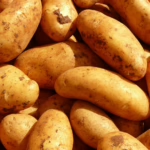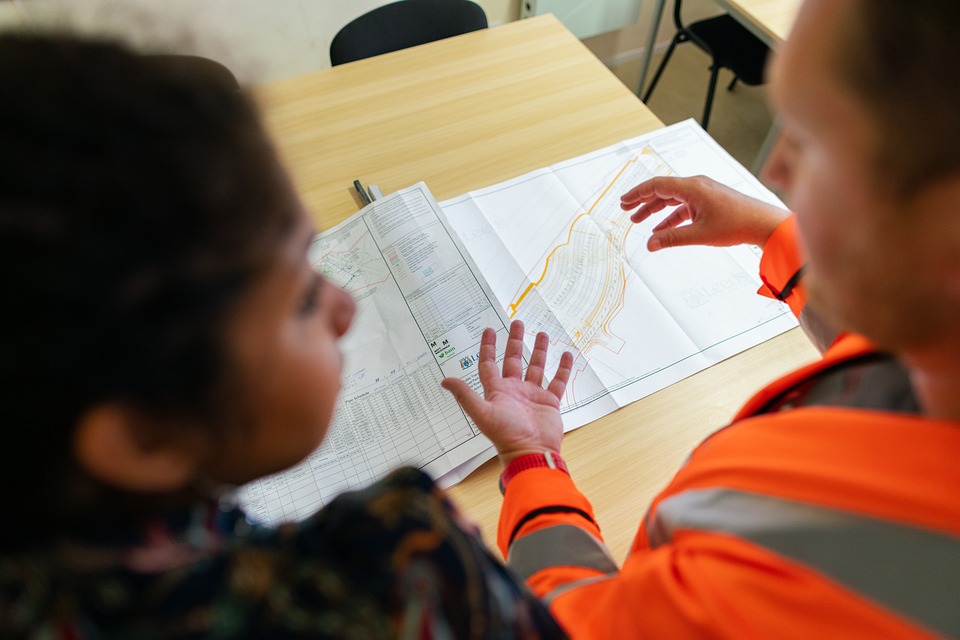From Ingestion to Excretion: Tracing the Path of Digestion
Digestion is a complex process that converts the food we consume into energy and nutrients required for our survival. This intricate journey begins the moment food enters the mouth and continues through various organs until waste is excreted from the body. This article will explore each stage of this fascinating process, supported by diagrams to enhance understanding.
1. The Digestive System Overview
The human digestive system consists of the alimentary canal and associated organs. The primary organs involved include:
- Mouth
- Esophagus
- Stomach
- Small Intestine
- Large Intestine
- Rectum and Anus
In addition, accessory organs such as the liver, pancreas, and gallbladder play critical roles by producing enzymes and bile that aid in digestion.
Diagram 1: The Human Digestive System
[Insert diagram of the human digestive system here]2. Ingestion: The Start of the Journey
The digestion process begins with ingestion, the act of taking in food through the mouth. The mouth serves multiple functions:
- Mechanical Digestion: Teeth break down food into smaller pieces.
- Chemical Digestion: Saliva, produced by salivary glands, contains enzymes such as amylase that begin the breakdown of carbohydrates.
Diagram 2: Ingestion Process
[Insert diagram illustrating the mechanics of chewing and saliva production]Once food is chewed, it forms a bolus, which is a soft mass ready for swallowing.
3. The Esophagus: The Transport Tube
After ingestion, the bolus moves to the esophagus, a muscular tube that connects the mouth to the stomach. The bolus is propelled by peristalsis, a series of wave-like muscle contractions. The journey to the stomach takes mere seconds, but it plays a vital role in transporting food efficiently.
Diagram 3: Peristalsis in the Esophagus
[Insert diagram illustrating peristalsis]4. The Stomach: Acidic Breakdown
Upon reaching the stomach, the food undergoes further mechanical and chemical digestion. The stomach is a muscular organ that:
- Mixes food with gastric juices containing hydrochloric acid and pepsin, which breaks down proteins.
- Churns food into a semi-liquid form known as chyme.
This process usually takes several hours, depending on the type and amount of food consumed.
Diagram 4: The Structure of the Stomach
[Insert diagram showing the stomach’s anatomy and gastric juices]5. The Small Intestine: Nutrient Absorption
Following the stomach, chyme enters the small intestine, the primary site for nutrient absorption. The small intestine is divided into three parts:
- Duodenum
- Jejunum
- Ileum
5.1 The Duodenum
The duodenum is the first section of the small intestine and is where most chemical digestion occurs. It receives bile from the liver (stored in the gallbladder) and pancreatic juices from the pancreas containing enzymes that further digest carbohydrates, proteins, and fats.
Diagram 5: The Small Intestine’s Anatomy
[Insert diagram highlighting the sections of the small intestine]5.2 The Jejunum and Ileum
In the jejunum and ileum, the lining contains villi and microvilli, small projections that increase the surface area for absorption. Nutrients like amino acids, fatty acids, vitamins, and glucose are absorbed into the bloodstream through these projections.
Diagram 6: Absorption in the Small Intestine
[Insert diagram showing the absorption process in the small intestine]6. The Large Intestine: Water and Electrolyte Absorption
After nutrient absorption, the unabsorbed material enters the large intestine. Its primary functions include:
- Water Reabsorption: The large intestine reabsorbs water and electrolytes, turning the liquid chyme into solid waste.
- Bacterial Fermentation: Beneficial bacteria in the large intestine play a role in fermenting undigested materials.
- Storage and Movement: The large intestine stores fecal material until it can be excreted.
Diagram 7: The Large Intestine’s Role
[Insert diagram showing the large intestine and the process of water absorption]7. Excretion: The Final Step
The final stage of the digestive process is excretion, where solid waste, or feces, is expelled from the body through the rectum and anus. The process is often regulated by the nervous system and can be influenced by dietary habits.
Diagram 8: The Excretion Process
[Insert diagram showing the rectum and anal canal]8. Conclusion
Understanding the journey of digestion—from ingestion to excretion—provides valuable insights into how our bodies process food, absorb nutrients, and eliminate waste. This complex system is vital for sustaining life and maintaining health, highlighting the importance of proper nutrition and functioning digestive mechanisms.
Further Reading
- The Physiology of Digestion
- Nutritional Biochemistry
- Gastrointestinal Disorders and Their Treatment
References
This article utilized the following sources:
- Modern Footnote Example: Author, Title, Publisher, Year.
- Modern Footnote Example: Author, Title, Publisher, Year.
This article outlines the path of digestion in detail, with diagrams serving as visual aids to facilitate understanding, encouraging readers to appreciate the body’s remarkable capabilities in processing what we consume.


























Add Comment